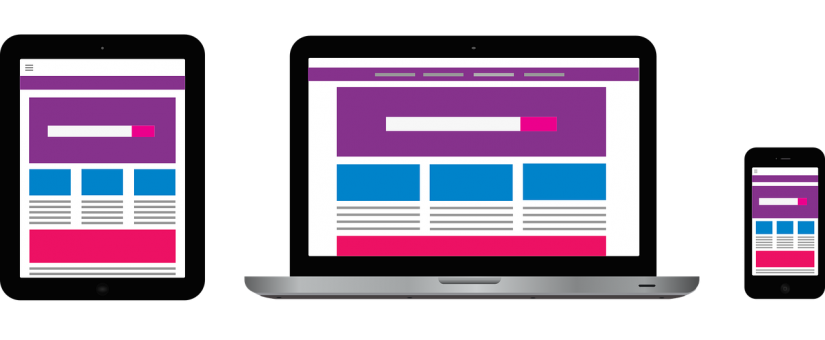Everybody has a website now.
That old lady down the road selling cushions? She’s got one. The kid practising keepie-uppies precariously next to your BMW? He’s got one too. Your neighbour’s teenage kids? They’ve got blogs, a YouTube channel AND a podcast.
Your products are leaving your shelves faster than a jet plane, and yet you will soon run out of people in your friends and family to buy any more.
How are you going to appeal to a brand new market? This is where you need a website too.
But what does that mean, exactly? It’s all very well asking for a website, but what homework should you do before contracting a web agency?
Reasons you need to brief a web designer
- To get a fair and reasonable cost and estimate for timings
- To prevent delays to your project
- To help the designer give you the site you want
- To anticipate any possible issues that may come up
- To ensure your site is consistent with the rest of your brand.
Problems faced by designers that often cause delays
Not being briefed properly – This means the designer hasn’t been given enough information to create what you want. The designer has to guess or interpret what might look good. Most often, this leads to lots of rounds of changes.
Not receiving any or appropriate creative assets – One thing that holds up a project is when the designer doesn’t get enough images, icons, videos etc to populate the website. The end result looks bare and lacklustre, or the images are small and pixellated because they are not the right quality.
No text – Designers are wonderful humans with a keen eye for what looks great plus many ideas for your web layout, fonts and colour-scheme. However, they are not magicians. They cannot create images where there are none, and they tend not to like writing. If you don’t give your web designer any copy, they will show off to you how fluent they are in Latin. Only joking about them being fluent in Latin, but they will use lorem ipsum, or placeholder text. You won’t understand it and neither will your audience.
So how do you avoid these pitfalls? Think of the following as your checklist for when you have to brief a web designer.
What to give to your web designer before the website project can go ahead
A purpose for the site
What is your website for? Is it going to sell products or is it purely for giving information about your services? What do you want the site visitor to do when they land on your home page? We need to know this so we can help you scope out the customer journey from beginning to end.
Page names and functions
In the web design industry, we create a “sitemap”, which is a diagram of how your pages link together. To help us plan this out with you, you need to decide what pages need to be on your site. An example would be if you sold shoes, you might want a home page, an about page, a page introducing the shoes, and then pages for men’s shoes and women’s shoes. Then you would have a purchase journey from adding the product to your basket to submitting your payment details and then finally an order confirmation page. If your website requires membership, your members would have an account page.
Logo, colours & fonts
A logo is a must-have for any company website. You need to provide a logo file and guidance on your brand colour scheme as well as any fonts you use in your other promotional materials.
Images
It’s a good idea to include photographs of your product. If you sell a service, pictures of your company and illustrations of your service will help build rapport. You can use stock images for this, but authenticity is preferred by readers.
Copy
Often dazzled by the visual bliss of beautifully laid out websites, people forget the importance of the words. Everyone can write. We all learnt to write at school. But does that mean everyone can write in a way that compels people to think, feel and act? If you want to do justice to your company, don’t overlook the importance of good copy. You should provide text for each page including any forms, product descriptions, team profiles and blog posts.
Testimonials
What speaks volumes about your business much better than you can? Your customers, of course. If you have collected testimonials by letter, email, Google or Facebook, you should pass these to your web designer who will happily incorporate them into your website.
Accreditations
Do you have any industry accolades? Has your website passed any industry standards or are you a member of a professional body? Icons representing these industry bodies will increase trust, leading to more sales.
Widgets
Do you want a live feed of your social media updates to display on your home page? Do you want to show off your Trip Advisor reviews? You ought to spend some time thinking about the extra features that can be included to help your company stand out.
So…what next?
Once you have all this information prepared, your designer can get to work producing a “wireframe”, which gives you a visual representation of what the site will look like before development. This way, you can review and suggest changes before any coding begins.
Don’t be the cause of holdups on your own web project – Get your brief prepared from the start. If you need help with branding, logos, photographs, copywriting services or web design, get in touch so we can help.

